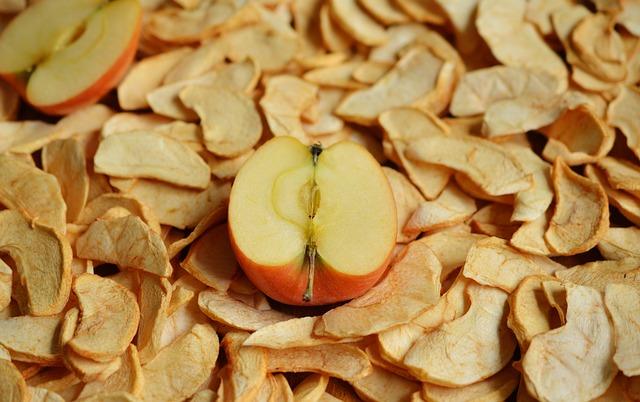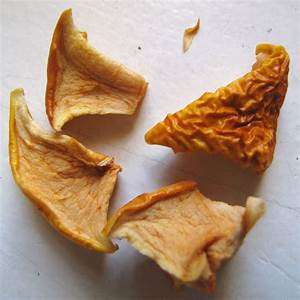Food dehydration is one of the ancient methods of saving food (and also saving money). Food drying involves exposing the food — either fruit, vegetable, fish, or meat — to heat. With advanced kitchen appliances like food dehydrators readily available to us, one may still bear the question of whether it’s possible for us to over dehydrate food.
In this article, we will try to answer some frequently asked questions on food dehydration. These answers are based on experience and tips from peers, as well.
Table of Contents
Is it possible to over-dry food?
Yes, it is possible, especially if you neglect a few steps in the drying process. Most people over dry their food by simply losing track of time. Be sure to keep a timer handy it will definitely help. Here is a cheap timer on amazon!
The major factors
There are three factors that can be directly linked to over dehydration. These include:
- Excessive heat,
- Prolonged drying
- The way you put the slices on the tray
Why do some foods dry faster than others?
Foods differ in water and fat content. Remember that food with less water dries easily as compared with food with more water. Also, food containing high fat is usually not recommended for drying due to fat oxidation or rancidity.
How would you know if the food is over dehydrated?
There are four things you need to check:
- First and the most obvious, if the food smells burnt.
- Second, check the look and feel of the food. Does it look too dark and too brittle that it will crumble easily when touched?
- Third, try tasting it. If it tastes burnt, you’ve overdone drying.
- Lastly, check the size. If the food is too small than what should a dried food be, then you might over dried it.
How can I salvage over dehydrated food?
Try soaking them in water and see if they re-hydrate like other normally dried foods do. If it doesn’t, then you have reached the point when food is no longer able to re-absorb some liquid. This may render the food inedible.
What should I do then?
Salvage what you can in that batch and use it. If there’s nothing to save, throw it away and try again. Learn from the experience so as not to make the same mistake.

How would I know that I’m over-drying the food already?
If you’re following the recipe or the instructions, you’re pretty safe. However, different food dehydrators may have different time and temperature guides which may confuse you. Or if you’re using drying methods other than food dehydrators, chances are you’re going to rely on your observation and judgment.
Aside from following the recipe or instructions, check the food from time to time (is it leathery, brittle, or crisp?). Rotate the trays if necessary to even out the drying. Try not to overload your trays with slices. Use a timer. If your dehydrator does not have a timer, use a kitchen timer or your smartphone.
What should I do to avoid excessive heating?
First, check the dehydrator’s thermostat if it’s working properly. You can’t rely on a defective thermostat. However, it is better to have a kitchen thermometer to check the food temperature from time to time.
There are times that you have to adjust because of the air temperature in your location. If you need to increase or decrease the temperature, don’t neglect to check the food every now and then.
What should I do to avoid prolonged drying?
Use a timer, especially the ones that will alert you once it reached the right time. Some dehydrators have an automatic shut off feature that will turn itself off.
Also, plan your drying time. If the food would take more than 8 hours to dry, make sure that the drying will end by the time you’re still awake.
Some slices dried well while others did not. What should I do?
This may happen because the slices overlapped on the tray or you failed to slice them evenly. Remove the well-dried pieces and return the rest to the dehydrator to dry more. Next time, follow the recommended thickness of the slice (usually the recommended thickness is from 1/8″ to 1/4″). Also, when laying the pieces on the tray, spread them around and don’t let them overlap. Don’t try to crowd the tray with slices.
I over-dried the food and some bits were stuck on the tray, how will I remove it?
Soak the tray in soapy water and leave it overnight. Once softened, clean the tray gently with soap and water.

Final Thoughts
Everybody makes mistakes. Over-dehydrating food is one of them. It could be caused by our own neglect. It could be caused by a malfunction of the equipment. Or it could be our own wrong understanding of the recipe or instructions. But we can still salvage some over dried food and use it, especially after re-hydrating them. If not, take that lesson and start try again. Soon, you will look back at this episode of your cooking life and use it to prevent another mistake from happening.
If you have any other questions regarding food dehydration and dehydrators, leave us a comment below And don’t forget to subscribe to our newsletter for more dehydrating tips.

